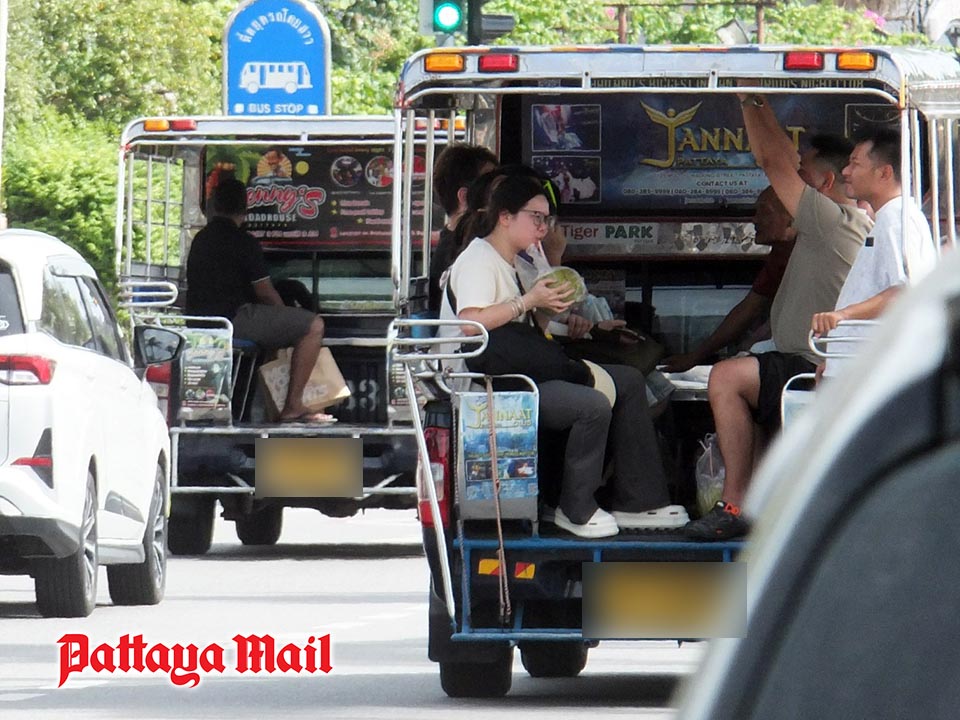Pattaya soul-searches: who are we really selling to now?
As regional tourism numbers rise, longtime expats vent online—wondering if volume from India and China is coming at the cost of quality. (Photo by Jetsada Homklin)
PATTAYA, Thailand – Pattaya, once famed as the playground for international tourists and expats alike, now faces a pressing question: who exactly is the city catering to today?
Longtime expats and local business owners are increasingly wondering whether Pattaya’s current visitor and resident mix aligns with the city’s ambitions for a vibrant, sustainable tourism economy. The city has seen an influx of diverse groups—from retirees seeking low-cost living to budget travelers—and this shift has brought both opportunities and challenges.
Some expats voice frustration over the evolving scene, recalling hotel incidents where groups pushed limits on room occupancy and hygiene—cramming multiple guests into small rooms, washing clothes in sinks, and leaving trash in hallways—straining staff and souring the experience for others.
This dynamic is echoed by the rise of low-budget travelers who often do not engage with local businesses in traditional ways—skipping restaurants, avoiding bars, and opting for free beach accommodations instead of hotels. These travelers typically spend less per capita compared to the more traditional tourists and expats, who, despite complaints about prices, still contribute significantly to the local economy through accommodation, dining, and entertainment.
The economic impact is clear: while spending may be lower among some groups, taxes and revenues still flow from their presence. However, some expats point out that Pattaya’s tourism model must balance volume with quality. The city’s image suffers when visitors contribute less to the local economy and when issues of cleanliness and overcrowding arise.
There’s also a palpable tension within the expat community. Many are retirees over 60 who come seeking affordable living, sometimes bringing attitudes tinged with frustration or even resentment, occasionally expressing racial biases on social media platforms. This underscores a deeper question of community cohesion and the type of atmosphere Pattaya aims to foster.
Meanwhile, the overall tourism sector struggles with other external factors: the fallout from regional border disputes with Cambodia deters some travelers, and competition from neighboring countries like Vietnam and the Philippines is rising. Some speculate that problems like the Bangkok high-rise collapse—allegedly linked to cheap construction materials—have dampened Chinese tourism, historically one of Thailand’s biggest markets.
The entertainment sector feels the pinch too, with businesses from Pattaya to Phuket closing due to shrinking visitor numbers and rising costs. Prices continue to climb, making Thailand increasingly less affordable for both tourists and expats alike, while attempts to mask emptier venues with louder music or flashy attractions often feel like desperate measures.
Looking ahead, industry watchers caution that Pattaya must rethink its tourism strategy. The “magic number” of visitors isn’t just about quantity but quality—sustainable tourism that supports local businesses, respects community standards, and preserves the city’s appeal. Without a shift, the city risks alienating both traditional tourists and the expat community that has long been part of its identity.
As Pattaya moves toward 2026 and beyond, the challenge remains: balancing affordability, quality, and cultural respect to ensure the city remains a welcoming and prosperous destination—not just for some, but for all.



